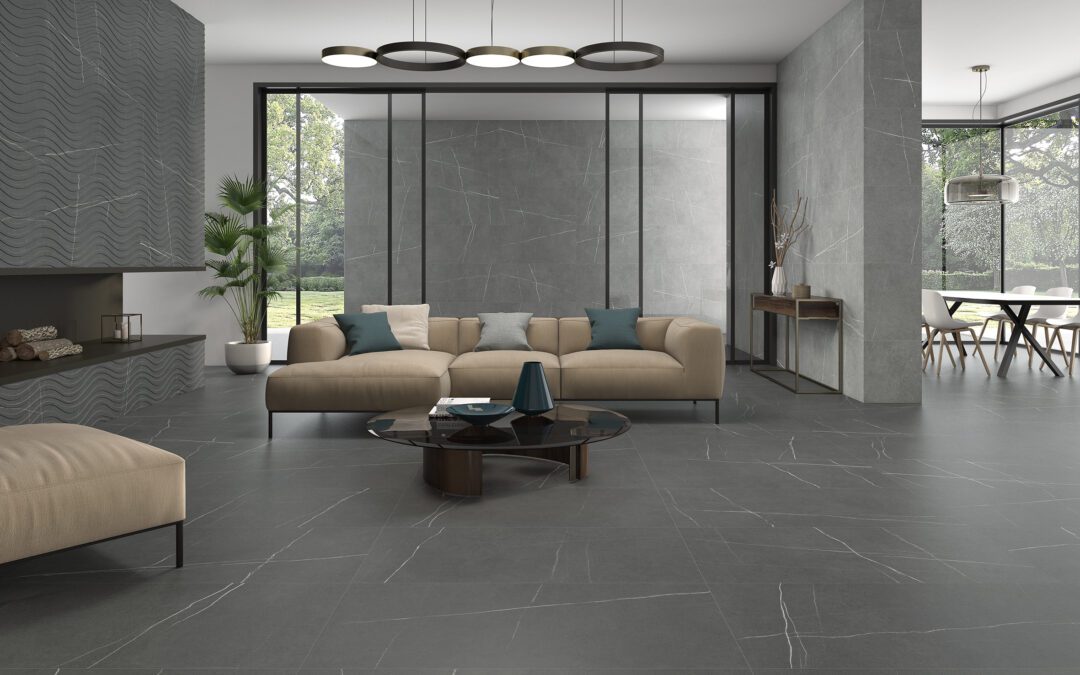Vitrified tiles are akin to typical ceramic tiles, but they also contain silica and clay. During the vitrification process, silica and clay melt and combine to form a glass-like element inside each tile, allowing it to retain its luster even after years of use. If you are in the market for new tiles, you should give vitrified tiles serious consideration. These have become a fan favorite, especially in areas prone to wetness or frost.
These tiles are available in a wide range of shapes, patterns, and colors, making them an attractive alternative to marble or granite. They are also water, dust, and stain-resistant. These characteristics make these tiles simple to maintain. They also have an extremely smooth finish that prevents discoloration.
There are four varieties of vitrified ceramic floor tiles: whole body, glazed, double charge, and soluble salt. Full-body tiles are the greatest since they have consistent color consistency and thickness. They are intended for high-traffic locations. If you enjoy patterns, glazed vitrified tile designs are the way to go. Soluble salt variations, on the other hand, are reasonably inexpensive and perfect for you if you’re on a tight budget. Double-charged vitrified tiles are well-known for their durability and ease of maintenance. They are also ideal for high-traffic areas such as kitchens and living rooms.
Porcelain Tiles vs Ceramic Tiles vs Vitrified Tiles
Ceramics are made of red-brown and white clay, as well as natural ingredients like sand, quartz, and water. They are frequently used as backsplash tiles in kitchens and bathrooms. Their firm, solid surface repels dirt, dust, and pollen because they stand out on the surface, making it easily identifiable and clean. Ceramic tiles for bathroom floors and walls are a popular preference. Ceramic tile installation is time-consuming and difficult. Flooring ceramic tiles’ price is usually not on the high side.
Porcelain is created by firing clay (white clay) with sand and feldspar at temperatures ranging from 2300-2400 degrees Fahrenheit. Porcelain tiles are more durable than ceramic tiles and can endure more elements, making them acceptable for use even outside. Decorative porcelain floor tiles form a popular choice. Porcelain tiles, like ceramic tiles, are time-consuming and demanding to install. However, it is convenient to buy porcelain floor tiles.
Vitrified tiles are comparable to typical ceramic tiles, but they also contain silica and clay. The components melt together during the vitrification process to generate a glass-like element inside each tile. Vitrified ceramic floor tiles are hugely preferred. In contrast to porcelain and ceramic tiles, vitrified tile installation is quick yet painstaking. Thus, vitrified ceramic tile’s price is not too expensive.
Looking to install vitrified tiles in your new home? BRAQ is a leader when it comes to vitrified tiles company in Delhi. Visit us now!
